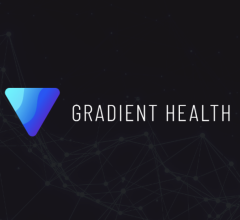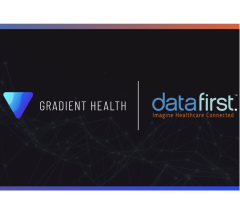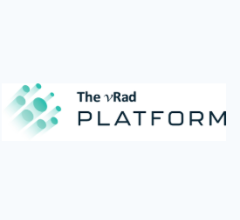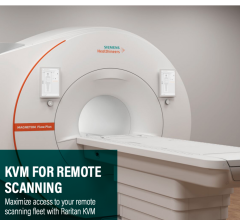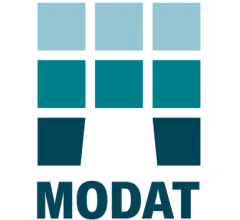
From streamlining your workflow to maximizing your return on investment (ROI), there are numerous benefits to having image integration with your electronic medical record (EMR). Below are three EMR integrations found to be very helpful to imaging centers.
1. Electronic Receipt of Orders from Referrers
Much like a game of telephone, a lot can get lost in translation between the referrer and the imaging facility when sending and receiving orders. That is why it is important for your referrers to have a way to send electronic orders with the exam description, diagnosis code(s), notes, insurance information and prescription directly to your EMR. This gives your schedulers and eligibility verification staff all the information needed to verify eligibility and to obtain pre-authorization from insurance carriers, so your patients and referrers can rest assured knowing your team has what it needs to get authorization for requested exams.
Some vendors offer electronic orders as part of their EMR, which enables referrers to login to the EMR and send messages directly to imaging center staff (similar to e-mail, but part of the EMR). Others may only offer a way to integrate with your referrers via HL7, JSON or an API. JSON and APIs do not require a VPN to secure your data. Some HL7 interfaces can utilize HTTPS to transfer your data, which also eliminates the need for a VPN between systems, while keeping your patient data secure.
2. One-Click Integrations
Whether your picture archiving and communication system (PACS) can send a link to your referrers’ EMR, enabling them to launch images in PACS with a single click for open access imaging, or if you’re using an XML integration that launches another software for dictation, reporting, mammography tracking or billing for a streamlined workflow, one-click integrations will simplify your workflow. No more searching two separate systems to bring up the correct patient and exam — just one click launches what you need from your EMR or integrated vendors.
EMR integration is not just about HL7 anymore. There are so many ways XML can work with HL7, JSON or APIs to maximize efficiency and simplify life for all your employees.
3. Good Ol’ HL7 EMR Integrations
Almost all vendors support HL7 for EMR integrations. If they don’t, then I would be hesitant to use their software, unless they really do offer everything you need so there is no reason to integrate with another vendor. However, I have yet to meet an EMR that offers everything for all specialties and roles (from billing to mammo tracking to reporting) perfectly integrated onto one server. It is not an easy feat to integrate all aspects a healthcare facility needs onto one server, so I am certainly not judging or condemning software vendors for not yet offering this solution.
HL7 improves workflows by allowing data to flow in and out of your EMR. This data flow reduces data entry errors, decreases data entry time, improves efficiency, cuts costs and generally leads to happier administrators, since they no longer have tons of corrections to make and paperwork to chase down. It is true that if one of the integrated systems goes down, headaches can ensue, but you can always fall back on your old workflow prior to your EMR integration.
Until an all-in-one EMR comes to the market and healthcare facilities have unlimited budgets to purchase it, EMR integrations are the key to simplifying operations and streamlining workflow with the systems you are already working with. Investing in EMR integration is worth the return with the hours your staff will save on correcting data entry mistakes and the increased referrals you will receive from running a more efficient practice.
Erin Martin is a senior integration specialist at RamSoft Inc.


 December 01, 2025
December 01, 2025 
